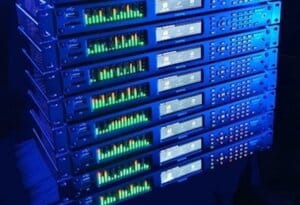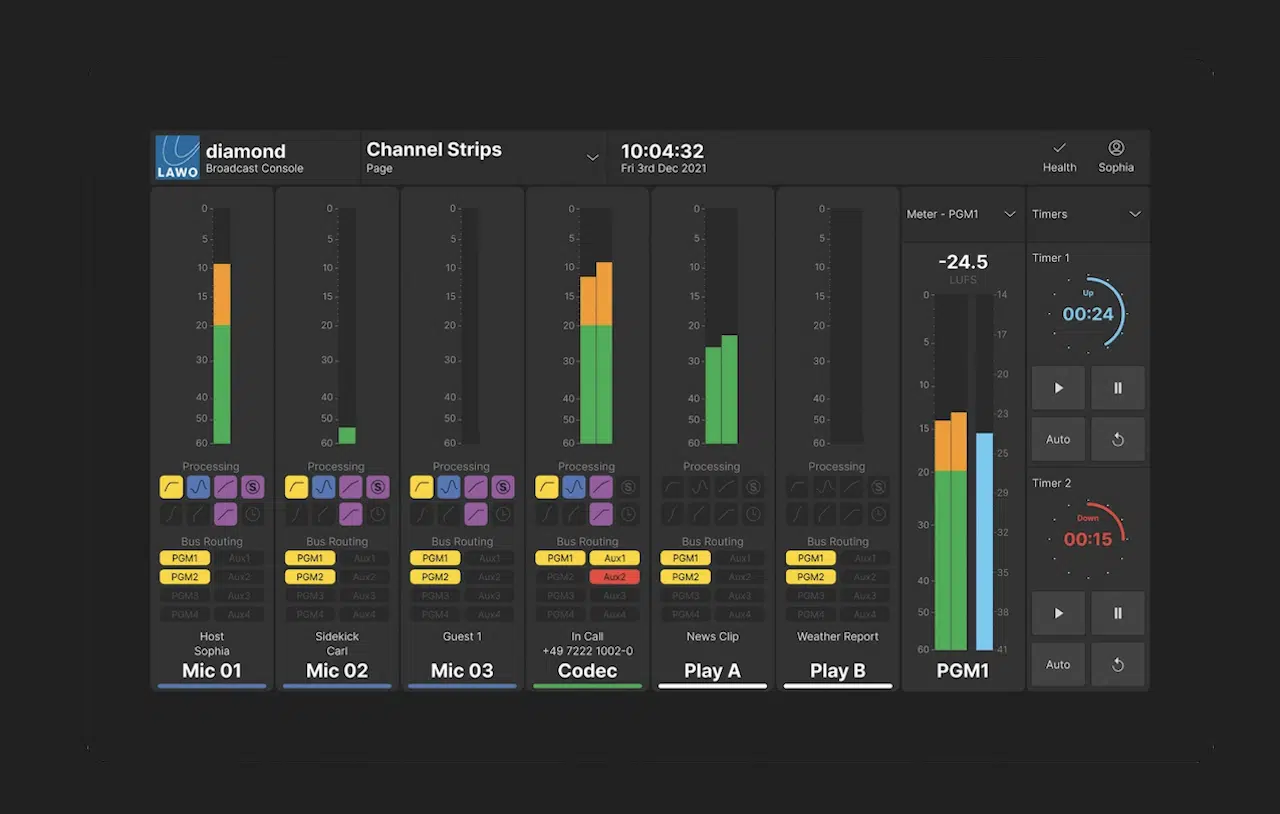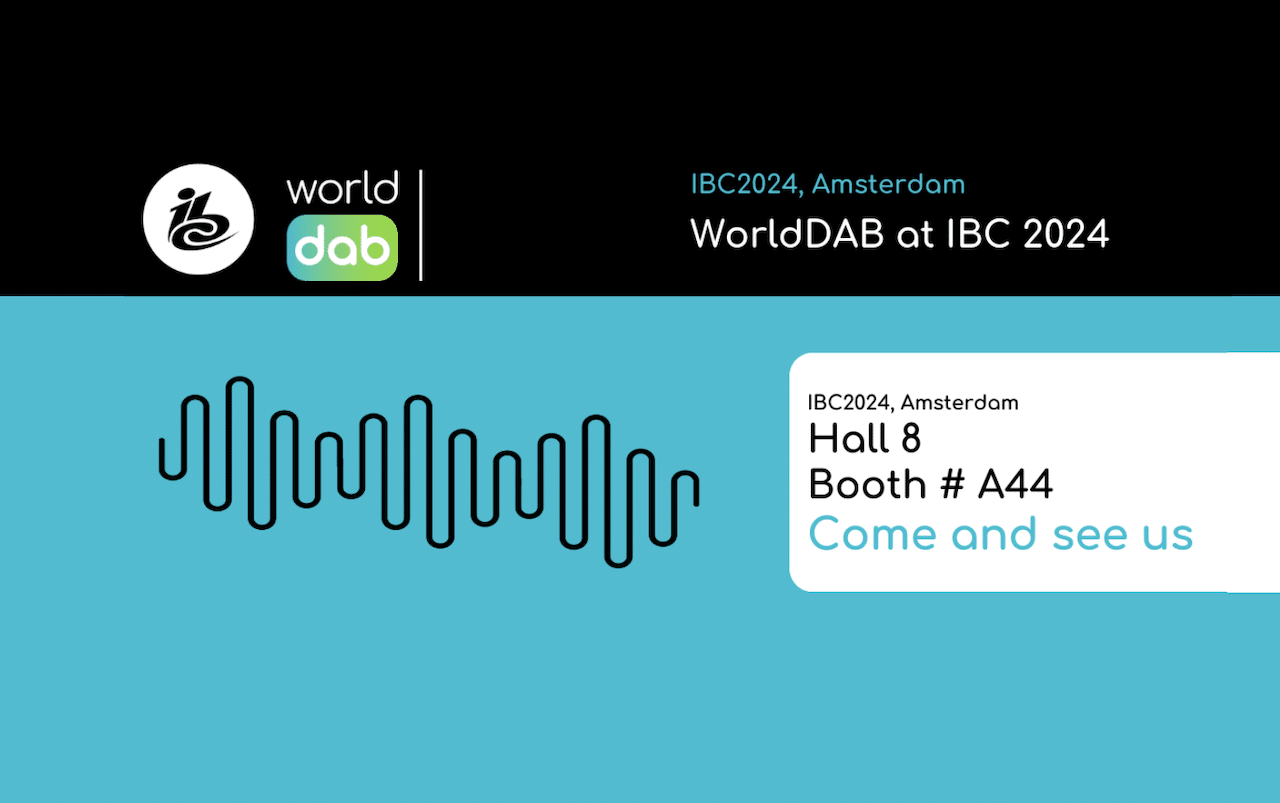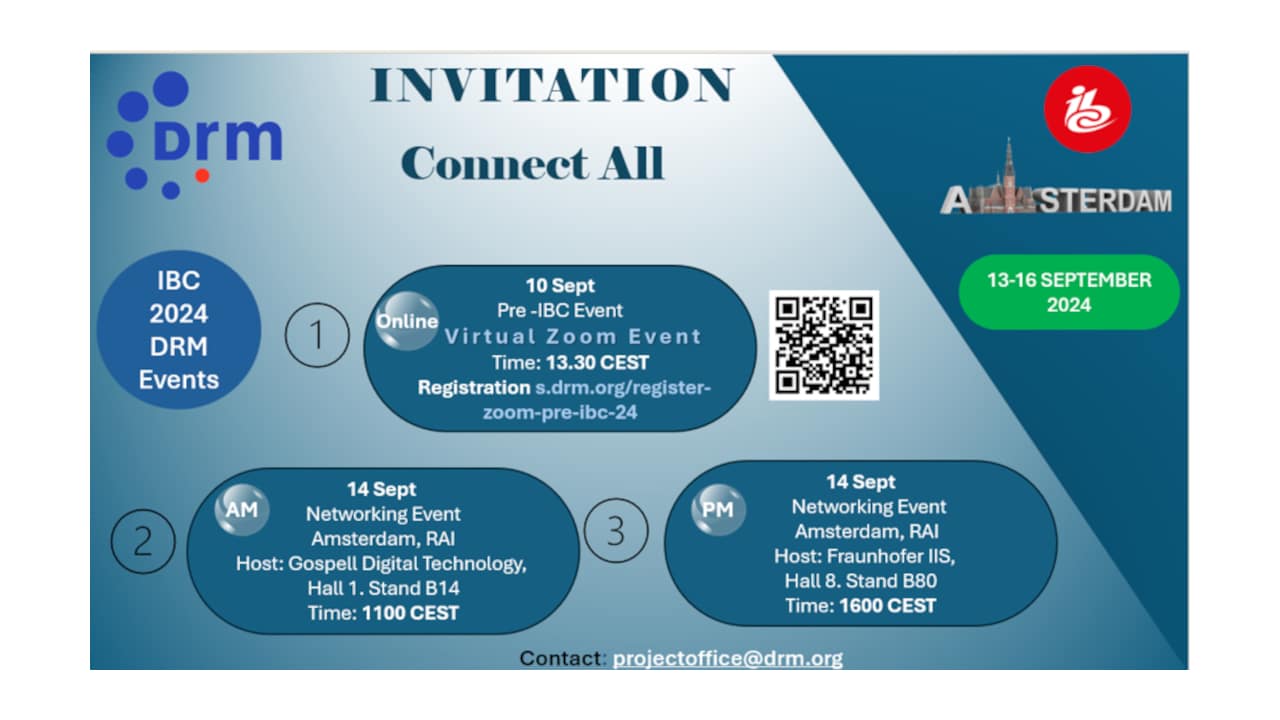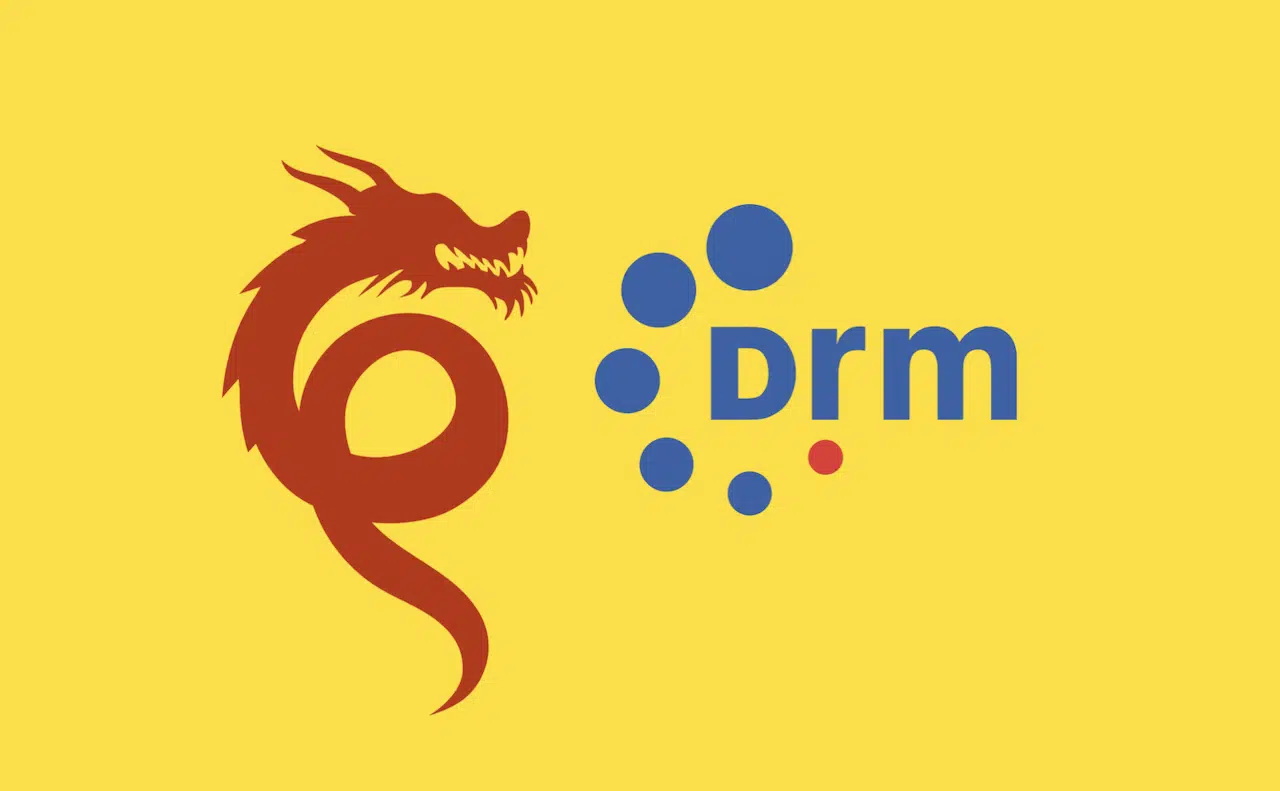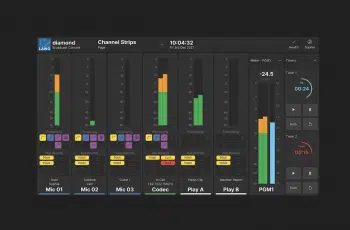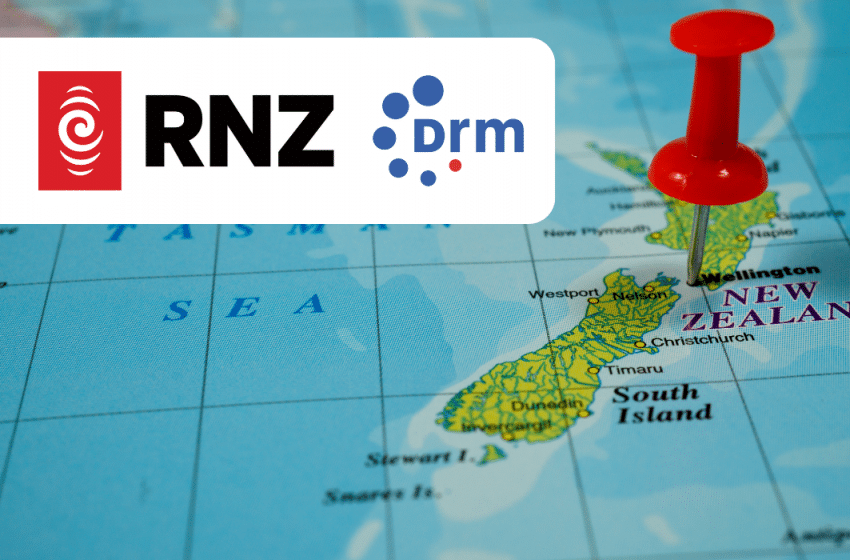
New Zealand public broadcaster Radio New Zealand is upping its game with the addition of a new TSW2100-V4 100 kW shortwave transmitter from European transmitter firm Ampegon Power Electronics AG.
RNZ has used DRM to feed FM stations for a number of years to distribute analog content and introduce digital broadcasting to remote locations in the Pacific. The broadcaster provides a shortwave service, 24 hours a day, for 22 broadcasting partners across the Pacific region.
The new transmitter offers RNZ upgraded features and, in conjunction with its current transmitter, can provide redundancy or additional services in the future.
“The value of the RNZ Pacific service can’t be underestimated,” says Richard Sutherland, head of news at RNZ. “Our voice reaches all parts of the Pacific, at times with critical information such as cyclone warnings. RNZ shortwave transmissions are a lifeline source of information, which helps to support sustainable social and economic resilience”.
In addition to traditional analog broadcasting, the new transmitter is also DRM digital broadcast capable. It is designed to provide DSB and AMC analog modes to reduce power consumption. Ampegon claims that energy usage is reduced by up to 40% when broadcasting DRM, with no compromise on broadcast range.
Simon Keens, sales and business development manager at Ampegon, adds: “With growing global instability, Ampegon is receiving more and more requests for shortwave transmitters, which are capable of extremely long range international and intercontinental broadcasting. Additionally, with the increasing cost of energy, DRM digital shortwave broadcasting makes a lot of sense, saving over 40% of the energy at the flick of a switch.”
The Ampegon transmitter is scheduled to be delivered in 2023 and put into operation in early 2024.


